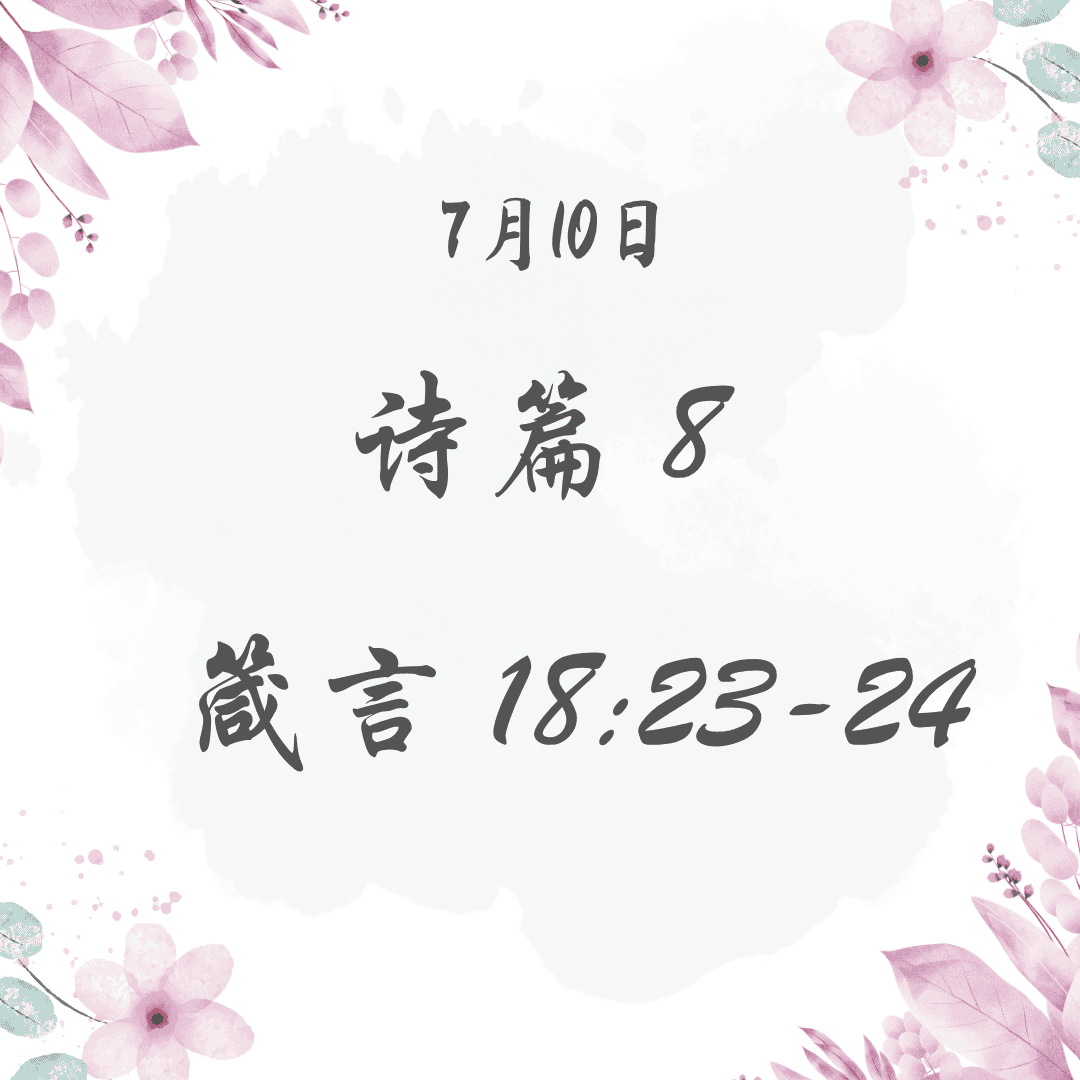Chapter 1 The Roots of Homeschooling: From Ancient Tradition to Modern Choice

(Mandarin version of this article.)
Long before school bells rang and yellow buses rolled through neighborhoods, children learned at home. Homeschooling, far from being a recent phenomenon, has deep roots in human history. In fact, it was once the only form of education.
🏛️ Ancient Foundations: Learning Begins at Home
In ancient societies, education was deeply woven into daily life. Children were taught by parents, elders, or private tutors. They learned practical skills—farming, weaving, storytelling, or hunting—through observation, imitation, and conversation. Formal schooling, as we know it today, was rare and mostly reserved for the elite.
- In ancient Greece, upper-class boys were often tutored at home until adolescence before attending academies under philosophers like Plato or Aristotle.
- In ancient China, Confucian ideals emphasized the family as the core place for moral instruction. Private tutoring by scholars was common for children of wealthy families.
- In medieval Europe, noble children were educated at home by governesses or priests, while peasants learned trades from parents or apprenticeships.
In all these civilizations, home education was the default, and formal education was not available until much later in time.
📜 The Tutor-Master Model
For much of history, especially in wealthy families, education was delivered by private tutors or masters—men and women who would disciple children in subjects ranging from arithmetic to poetry, theology to etiquette. This model persisted into the Renaissance and Enlightenment, with children of royalty and aristocracy often raised in homes with libraries and resident scholars.
🏫 The Rise of Mass Schooling
The modern concept of school—compulsory, standardized, classroom-based—emerged in the 18th and 19th centuries, particularly in Prussia and England. The goal was to create disciplined, literate citizens who could serve industrial economies and national governments.
- During the Industrial Revolution, schools were seen as tools for training factory workers and instilling obedience.
- In England, state-sponsored schooling expanded in the late 1800s, followed by similar developments in the United States.
- Compulsory education laws spread across the Western world, pushing homeschooling into the margins—viewed increasingly as antiquated or even suspicious.
🏡 Homeschooling in Modern Times
Although public schooling became dominant, homeschooling never fully disappeared. In rural areas, families often continued educating children at home due to distance or cultural preference. In the U.S., the modern homeschooling movement began gaining momentum in the 1960s and 70s, led by educational reformers like John Holt and Raymond Moore.
Originally embraced by both progressive educators and religious conservatives for different reasons, homeschooling became a legal option in all 50 states by 1993.
A Return to Roots
In a way, the rise of modern homeschooling is a return to the very roots of education: learning shaped by family, guided by parents/mentors, and tailored to the needs of the child. With the help of online tools, co-ops, and curriculum providers, families today can reclaim the age-old tradition of home-centered learning in a new and flexible form.
🧭 Conclusion
Homeschooling was the original form of education. For millennia, children were educated at home or by tutors, with formal institutions reserved for colleges. What we see today as a homeschooling "movement" is not a new invention, but a revival of one of humanity’s oldest and most natural ways of teaching the next generation.



